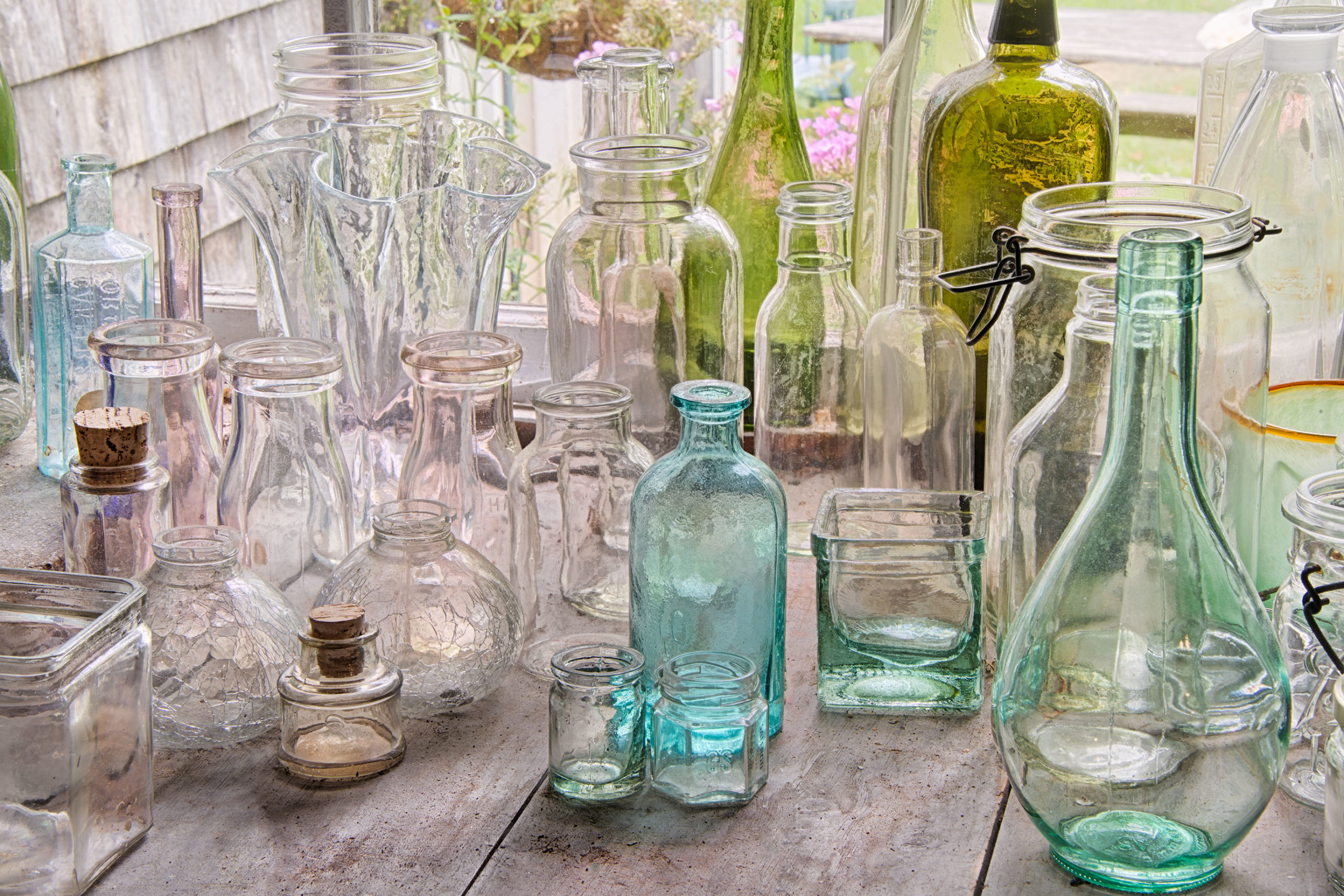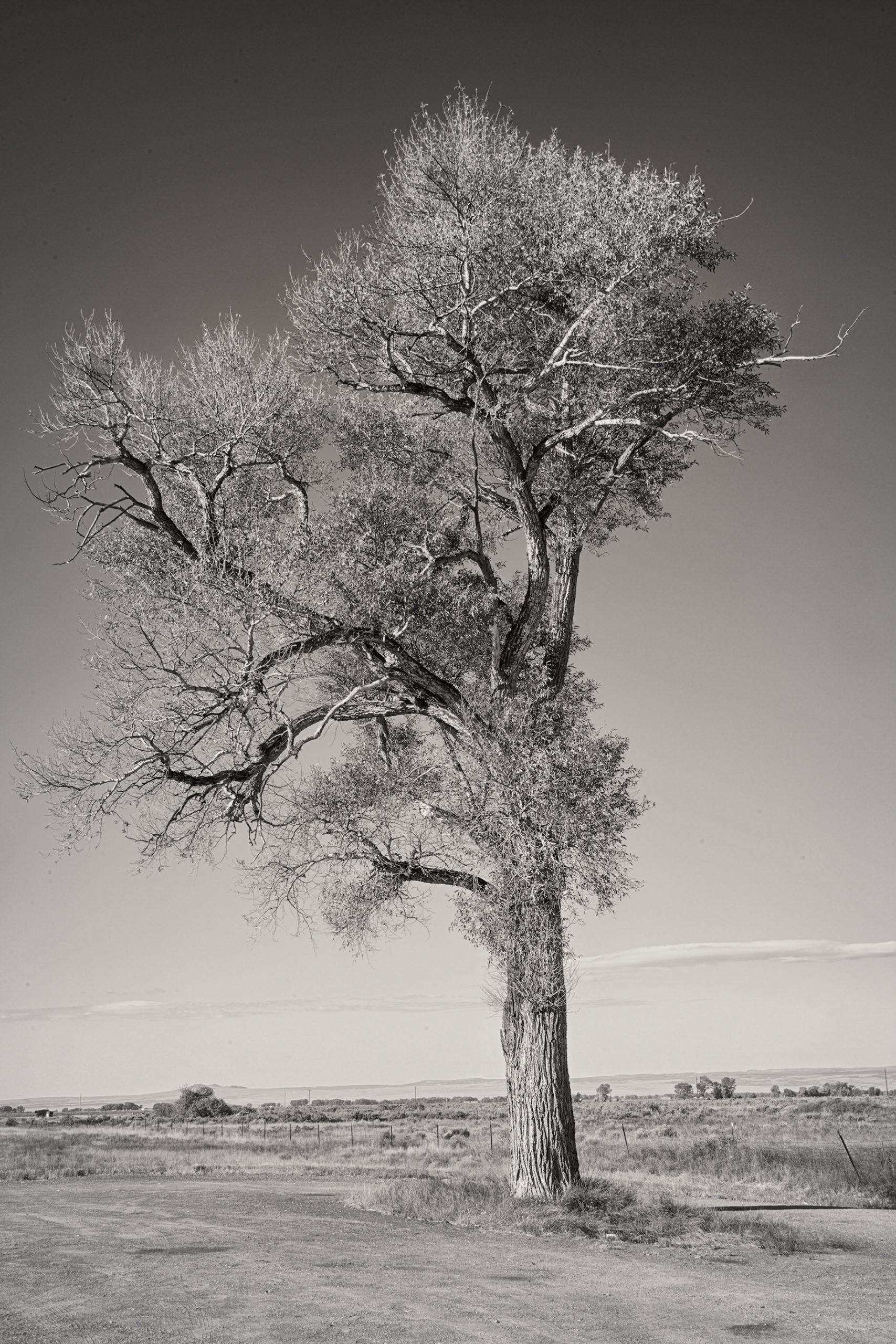The two very different images shown in this story have something in common: digital darkroom prowess. In other words, both images make extensive use of post-production tools and techniques to arrive at a “look” that seems fairly natural. As a side note here, even naturalness is a concept that depends upon expectations, cultural awareness, and individual sensibilities.

High-end photography has always relied on post-production. Very little imagery looks its best straight from the camera. Anyone who is still skeptical of digital photography should note that this was as true for wet, chemical photography as it is for digital. A large part of the art is (and was) in post, whether on the computer or in the darkroom.

Photographic composition, analyzed in my recent book on the subject, is one of the least mutable parts of the photographic discipline, but even in composition there is no categorical certainty of alignment with “reality,” whether the image relates to party leaders snipped from history following the show trials of old Bolsheviks, the wonderful fantasies of Jerry Uelsmann, or my own Impossible images.
I’ll be demonstrating some of the most important post-production tools I use in an upcoming webinar, Out in the World: The Making of Four Photos.